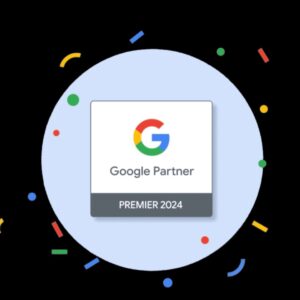‘- This post was written by Cerise Vazquez- Wright
Many of the entrepreneurs and marketing luminaries leading today’s hot technology industry were barely out of high school when the dot com market bubble burst back in 2000; Think Snapchat cofounder Evan Spiegel who is 24 years young or Facebook’s Mark Zuckerberg who just turned 30. It’s hard to believe that less than 15 years ago, internet usage was a tiny fraction of what it is today. Crazier still, is how quickly we have adapted to the changing technology which has enabled us to stay connected at all times and, virtually, in all places.The popular meme depicting wifi as a prerequisite needed to attain Maslow’s Self Actualization, is really not too far from the truth. When you think of the increasing amount of time we spend on our devices shopping, socializing, researching, communicating, paying bills, etc. you wonder how we ever got anything done without this hyper connectivity. So why the dot com market bubble of 2000? What prompted such a disastrous freefall of the global tech markets?
Pop goes the Dot com Market Bubble
Think back to the year 1999 when, if you had 20 minutes to spare, downloading your favorite song onto a CD, for free from sites like Napster, was the thing to do. You were also, most likely, connecting to friends on Myspace and spending less and less time watching conventional TV. You couldn’t hide how elated you were to hear that annoying AOL Dial Up white noise indicating that yes, oh yes, you are almost “connected”. Collectively, there was this huge movement toward all things “internet” before things started to get a bit weird, like Razorfish in 1999 weird. Start-ups like Broadcast.com promised to bring “old school” terrestrial radio to the rocking new online world. Like the notion of shopping for absolutely anything with the click of a mouse, no idea was too far-fetched. This whole big, beautiful, and connected online world was out there and by God; we were just on the brink of “discovering” it when the proverbial “crap hit the fan”. Simply put, the tech bubble of 2000 has been attributed to an overload of venture capital availability, increasing stock prices, lavish spending and complete lack of oversight. A great example of this failure is Boo.com, who burned through $188 million in venture capital funds in only 6 months! Contrastingly, there were some winners in the dead sea of failed dot coms; think Google, and Amazon. But what makes a company outlive Darwinian tech selection?
Tech Market Bubble or Growing Industry?
Facebook, less than 10 years ago, changed the advertising industry as we know it. With its highly targeted and measurable advertising capabilities, brands had no choice but to hit refresh on their stodgy conventionalism. Gone were the days where placing a premium priced ad on primetime TV meant keeping your fingers crossed in hopes of seeing your return on investment via performance indicators like sales. Facebook made targeting and tracking digital ads easier than ever. Not even first generation display ads could compete with that. Fast forward to 2014, when record-breaking tech IPOs are an increasing occurrence, and one often wonders if these new technologies will be have the longevity of granddaddies like Google, Facebook or Amazon. Let’s take a look at some of today’s biggest tech players.
| Tech Company | Current Value | Pros | Cons |
| Alibaba | $231 billion | Accounts for 80% of China’s digital retail purchases. | If it wants to conquer the US sales market it must compete with mega digital retail giant Amazon. |
| Uber | $18.2 billion | Growing popularity and strong global brand presence. | Political strife and unionized protesting are marring its image. Competitors like Lyft flooding the market. |
| $5 billion | Partnerships with big box brands like Target, Gap and Nestle looking to engage online audience. Growing tracking capabilities may prove to be a gold nugget for growing company. | Promoted Pins strategy success is still TBD. | |
| $19 billion | Acquired by Facebook which has a plethora of resources available to enable growth at this start up. Boasts 600 million users and growing. | Operating at a $232.5 million loss, the start-up has a lot to prove and a lot of pressure to perform. No clear direction on monetizing strategies has been established. | |
| Snapchat | $10 billion | Growing user base and popularity has investors excited. | New ad type “Our Story Around Live Event” just rolling out and success is TBD. |
| $25 billion | Big box brands like Taco Bell, Fiat and TV networks like ABC use platform actively | User base rate growth is steadily declining. Investors are weary of company vision and high turn-around. |





